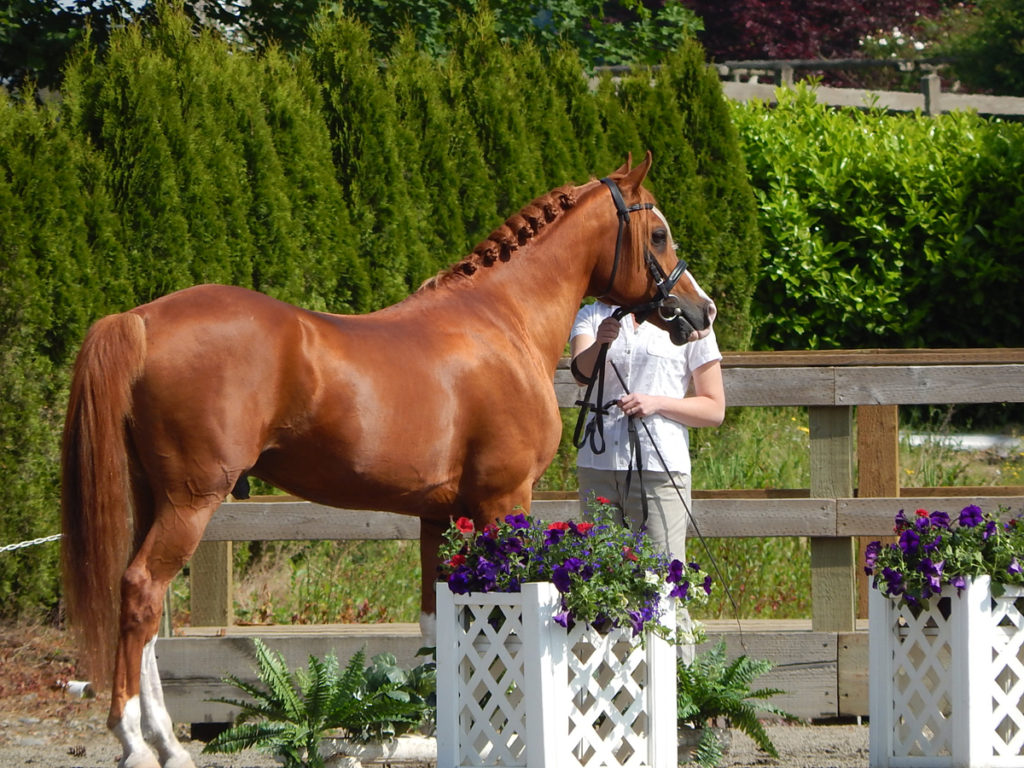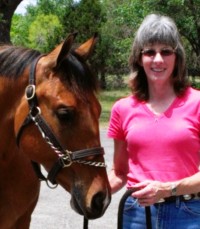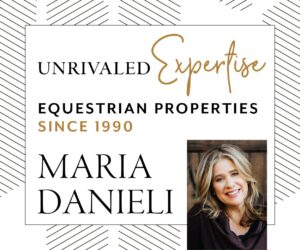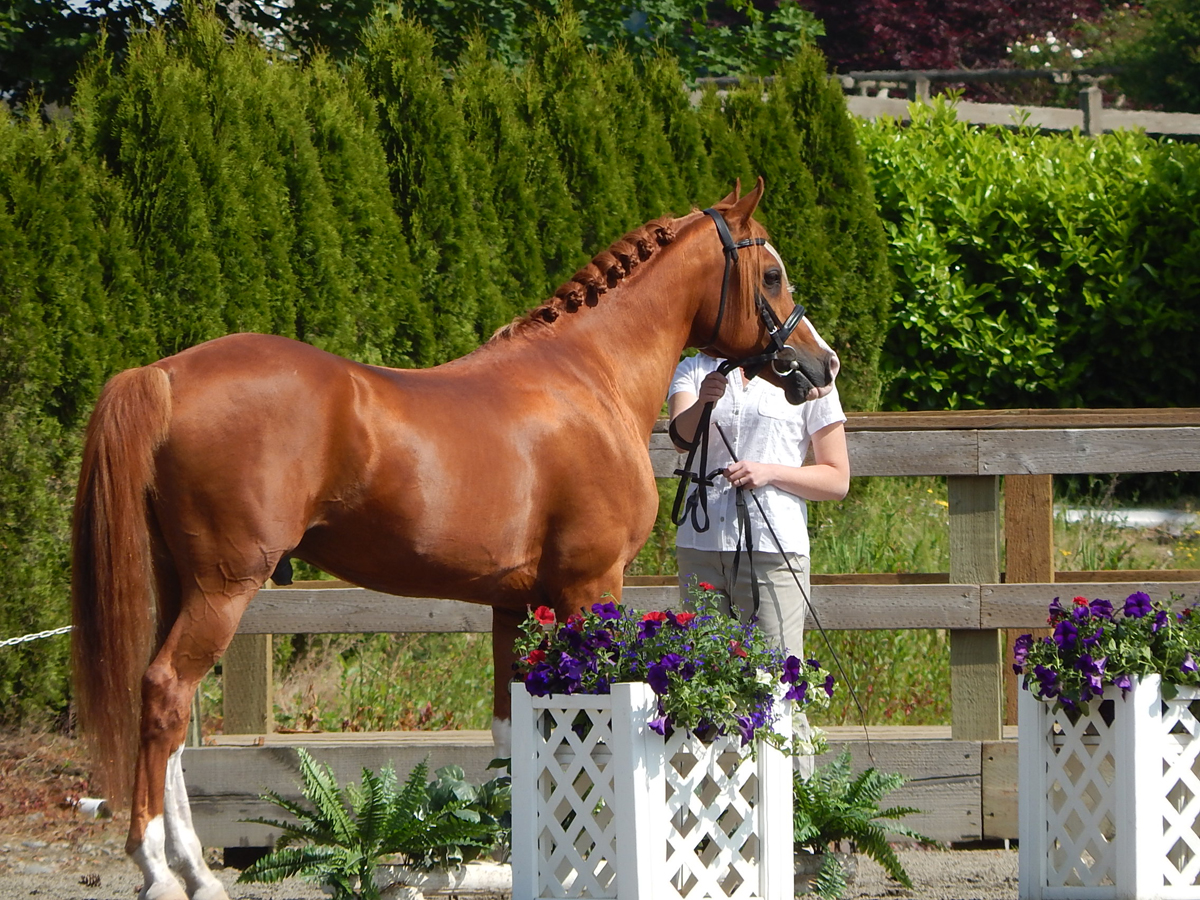Understanding the Role of Vital Nutrients
by Eleanor Blazer

There are “special forces” within your horse’s body called antioxidants. These nutrients are a sort of super power that neutralizes insurgents before damage can be done. They are the defenders of the healthy horse and here is how they work.
Moving throughout your horse are damaged molecules called free radicals. These molecules were corrupted by drugs, chemicals, preservatives, UV radiation and other impurities introduced to your horse via oxygen (air). Free radicals are electrically imbalanced and attack healthy body tissues. They steal fat, protein, DNA and electrical charges from the healthy cells. Continuous damage to healthy body tissues results in increased risk of infection, inflammation and fatigue. As a horse ages, these problems become more apparent as free radicals increase. Performance horses, horses fighting chronic illness and those under stress are also prime targets of free radicals.
Antioxidants help prevent the spread of free radicals and stop the chain reaction of damage. They “sweep up” these insurgents. Antioxidants include vitamins A, C, E; the minerals copper, selenium and zinc; and lipoic acid. These antioxidants are provided to the horse through diet. Antioxidant enzymes are also manufactured (synthesized) within the body. Offering a balanced diet to your horse will generally provide needed antioxidants. This diet should include plenty of fresh high quality forage and a commercial product designed to complement that forage. Offer a vitamin/mineral supplement only if you are sure the nutrients are deficient.
Vitamin A is present in fresh pasture and top quality alfalfa hay. Grass hay and raw grain (oats, corn, barley and wheat) contain some levels of vitamin A, but not enough. If your horse does not have access to fresh pasture or alfalfa hay a commercial product should be provided that contains sufficient amounts of the vitamin. Too much vitamin A can create a toxic situation as unneeded amounts will not be flushed from the body. The upper safe limit of vitamin A is 16,000 IU (International Units) per kilogram of dry matter (DM) per day by the National Research Council (NRC 1987). You must read labels and calculate how much vitamin A your horse is receiving when feeding several products that contain it. The average recommended amount of vitamin A is 30 IU/kg of body weight (BW) per day.
Vitamin C is provided by fresh leafy green forage. Healthy horses can also synthesize their own vitamin C. Senior horses may not be able to produce vitamin C internally as well as younger horses and may need to be supplemented. It is not toxic if over supplemented, is water-soluble and will be flushed from the body. However, large doses can cause stomach upset and interfere with the absorption of vitamin B-12. Four and one half grams per day of vitamin C is the recommended level for an average horse.
The best source of vitamin E is raw unprocessed or cold processed vegetable oil. Do not use cooking oil purchased from the grocery store as it has been stabilized, which destroys the vitamin E. Grain, hay and grass contain vitamin E, but during storage or processing it breaks down. The recommended maintenance amount of vitamin E is 1 IU/kg BW (NRC, 1989). Toxicity in the horse has not been reported, but an upper safe limit of 1,000 IU/kg DM has been set by the NRC (1989). Commercial feed manufactures add vitamin E to their rations. If you decide to supplement vitamin E chose a product from a reputable manufacturer and follow the directions.
The presence of copper in feed and forage varies. Sugarcane molasses is high with an average of 66 milligrams per kilogram of product. The average copper level of cool season grass hay is approximately 9.0 milligrams per kilogram. The recommended maintenance level of copper for a mature, exercising horse is 10mg/kg of dietary dry matter, but broodmares and lactating mares require higher amounts. When choosing a feed ensure that the product is designed for the activity level of the horse. Forage quality should also be determined as feed manufacturers add copper to balance the ration. According to the NRC, horses are relatively tolerant to high levels of copper.
Selenium is available in forage and grain if the geographical area contains sufficient amounts in the soil. Unfortunately, many parts of the country are deficient. Commercial feed manufactures have taken the selenium deficiencies into consideration when formulating rations. If a good quality product is offered (and fed according to instruction on the tag) the horse should meet his requirements. Too much selenium can be toxic and 3.3 mg/kg of diet can produce toxicity. Use care if feeding several supplements.
Zinc is available to the horse via grain, hay and pasture, but not at the levels needed to meet NRC recommendations. Commercial feed manufactures add zinc to their rations so if the product is fed according to the feeding recommendations zinc requirements will be met. Premium feeds designed for the performance or breeding horse will be well fortified. Zinc has a low risk of toxicity, but high levels can interfere with the absorption of copper. A ratio of 3 parts copper to 1 part zinc is recommended. If you decide to add a supplement make sure you chose one that is balanced.
Lipoic acid is synthesized by the horse. Some commercial supplements designed for the performance horse will contain lipoic acid.
Supporting the important job of antioxidants by providing a balanced diet and feeding according to the directions is important to your horse’s heath. With your help, free radical insurgents can be kept under control.
Proper nutrition and management practices can prevent many problems associated with caring for horses. You can learn how to provide your horse with a better life-style by taking the online course “Nutrition for Maximum Performance” taught by Eleanor Blazer. Earn a certificate or work toward a Bachelor of Science degree in equine studies. Go to www.horsecoursesonline.com for more information.

Eleanor Blazer was raised training and caring for horses. She learned to ride and care for the horses her family bought and sold. Many of these horses required improved nutrition when they arrived for training. Eleanor’s experience and research has benefited both horses and horse lovers in the field of equine nutrition. An equine nutrition consultant, based in Bulverde, Texas, she keeps busy doing equine nutrition consultations, conducting seminars, and speaking to youth groups about horse care and nutrition. Eleanor is the author of the syndicated column The Way of Horses. She has more than 20 years experience helping and being a mentor to those wanting to know how to provide the very best care and nutrition for our special friend – the horse.






